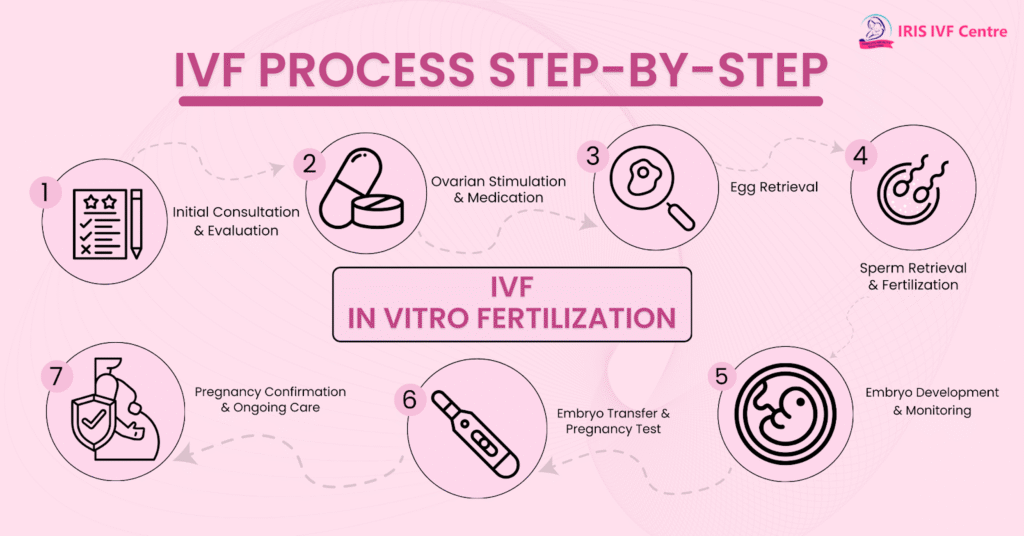For many couples and individuals dreaming of starting a family, the journey to parenthood isn’t always straightforward. Infertility affects millions worldwide, but thanks to advancements in medical science, there are now many ways to overcome it. One of the most well-known and effective methods is IVF treatment — short for In Vitro Fertilization.
In this blog post, we’ll explain what IVF is, how it works, who it’s for, and what to expect throughout the process.
What is IVF?
In Vitro Fertilization (IVF) is a type of assisted reproductive technology (ART). It involves retrieving a woman’s eggs and fertilizing them with sperm outside the body in a laboratory. Once fertilized, the embryos are monitored and then one (or more) is transferred into the woman’s uterus in hopes of achieving a successful pregnancy.
The term “in vitro” literally means “in glass,” referring to the laboratory dish where fertilization takes place.
Who Can Benefit From IVF?
IVF is commonly recommended for:
- Women with blocked or damaged fallopian tubes
- Ovulation disorders or premature ovarian failure
- Endometriosis
- Male factor infertility (e.g., low sperm count or motility)
- Unexplained infertility
- Couples who haven’t had success with other fertility treatments
- Same-sex couples or single parents using donor eggs/sperm
Step-by-Step: How IVF Works
Ovarian Stimulation:
The woman receives hormone injections to stimulate the ovaries to produce multiple mature eggs instead of the usual one per cycle.
Egg Retrieval:
When the eggs are ready, they’re collected from the ovaries using a minor surgical procedure under ultrasound guidance.
Sperm Collection:
A sperm sample is provided by the partner or donor.
Fertilization in the Lab:
The eggs are combined with sperm in a petri dish. Sometimes, a single sperm is injected directly into the egg (a method known as ICSI – Intracytoplasmic Sperm Injection).
Embryo Culture:
The fertilized eggs (now embryos) are monitored for a few days (usually 3 to 5) as they grow.
Embryo Transfer:
One or more healthy embryos are selected and transferred into the woman’s uterus.
Pregnancy Test:
After about two weeks, a blood test is done to determine if implantation was successful and if pregnancy has occurred.

